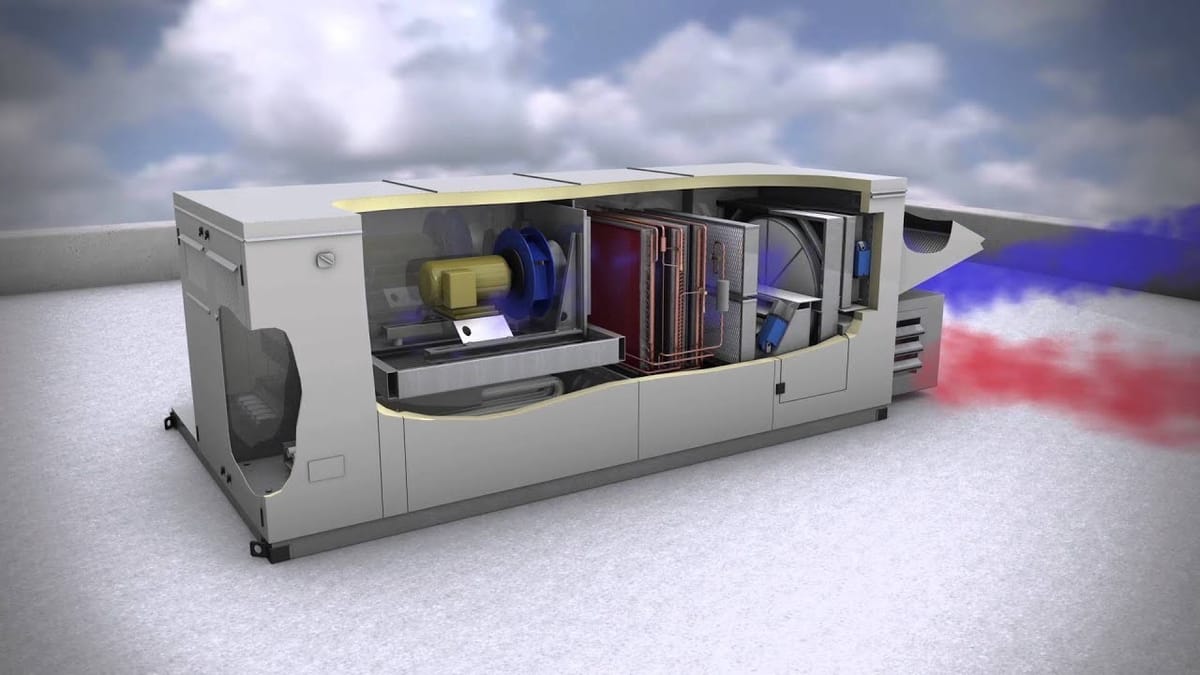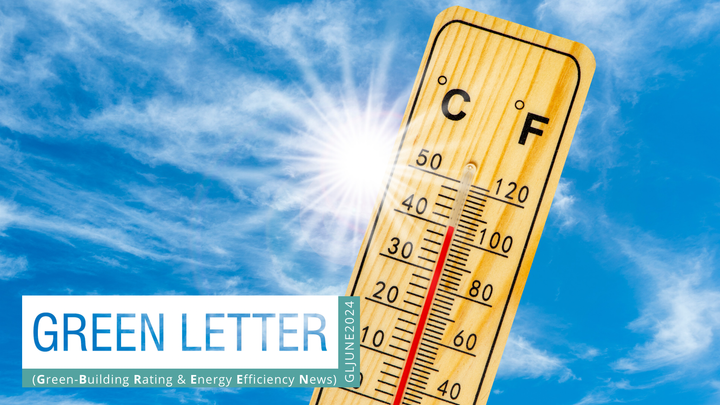Dedicated Outdoor Air System (DOAS)
Think about it—how often do we hear about poor air quality in schools, hospitals, offices, and cities? How frequently do we come across reports linking polluted indoor environments to health issues like asthma, allergies, and respiratory diseases?

By: Anurag Bajpai, Ashish Nandan, Nitin Mishra and Shikha Saxena
In today’s world, where urbanization is rapidly increasing and air pollution continues to pose serious health risks, the quality of the air we breathe indoors has never been more important. Many of us spend most of our time indoors—whether at home, work, or in public spaces— at home, work, or public spaces but often don't realize that indoor air can be more polluted than the air outside. Poor indoor air quality (IAQ) has been linked to health issues such as asthma, allergies, and respiratory diseases, affecting well-being and productivity.

Indoor spaces can accumulate pollutants like particulate matter (PM2.5 and PM10), volatile organic compounds (VOCs), and carbon dioxide (CO2) to hazardous levels, especially in urban areas where outdoor pollution is already severe. The World Health Organization (WHO) attributes millions of premature deaths annually to poor air quality, while a Harvard study revealed indoor pollutant exposure in countries like India can be up to 13 times higher than outdoors.
The graph below highlights the alarming rise in death rates linked to air pollution in India, emphasizing the urgent need for effective solutions to improve air quality.

[1] https://www.nature.com/articles/s41598-021-02232-z
This growing concern makes it essential to focus on better ventilation systems that ensure clean, fresh air indoors, where people spend most of their time.
Think about it—how often do we hear about poor air quality in schools, hospitals, offices, and cities? How frequently do we come across reports linking polluted indoor environments to health issues like asthma, allergies, and respiratory diseases? The solution is clear: we need a system that not only filters indoor air but also ensures that the air entering our spaces is clean and safe.
This is where the Direct Outdoor Air System (DOAS) comes in. More than just an HVAC system, it ensures the air we breathe indoors is fresh, filtered, and free from harmful pollutants.
Why DOAS?
Indoor air quality (IAQ) is a growing concern, especially in modern, energy-efficient buildings where traditional HVAC systems often fall short by recirculating indoor air or mixing it with limited outdoor air, leading to pollutant build-up.

A Direct Outdoor Air System (DOAS) is an advanced HVAC system designed to bring fresh outdoor air into a building exclusively for ventilation purposes. Unlike traditional systems, which recirculate indoor air or mix it with outdoor air, a DOAS works by pulling in only outdoor air and conditioning it before it enters the building. The system regulates the temperature, humidity, and air quality, ensuring that the air entering your space is fresh, comfortable, and safe.
Beyond improving air quality, DOAS offers substantial health benefits that make it a vital choice for both residential and commercial spaces.

Health benefits of DOAS:
The Direct Outdoor Air System (DOAS) provides significant health advantages by delivering clean, fresh air indoors:
- Reduces Respiratory Issues: Minimizes pollutants like PM2.5, VOCs, and CO₂, lowering the risk of asthma and allergies. Poor indoor air quality contributes to 3.8 million premature deaths annually (WHO).
- Lowers Airborne Disease Transmission: Fresh air ventilation can reduce the spread of pathogens by 50–60% (CDC).
- Boosts Cognitive Function: Cleaner air improves decision-making skills by up to 101% (Harvard Study).
- Improves Sleep Quality: Reducing indoor pollutants enhances sleep quality by 25% (Journal of Physiological Anthropology).
- Supports Vulnerable Populations: In healthcare settings, cleaner air can lower infection rates and improve recovery times by 35–40%.
DOAS ensures healthier indoor spaces, enhancing well-being and productivity, and reducing healthcare costs.
Applications of DOAS

Projections for the Future: Why DOAS is the Future of Indoor Air Quality?

DOAS vs. Air Purifiers: A Clear Distinction
While both DOAS and air purifiers aim to improve indoor air quality, they do so in fundamentally different ways. Here's a breakdown:

While air purifiers are a quick fix for improving air quality in specific areas, DOAS ensures that the entire building has access to clean, fresh air throughout the day, making it a more comprehensive and sustainable solution.
The Road Ahead: Why DOAS Is More Than Just a Trend?
With the health, environmental, and economic projections outlined, it’s clear that Direct Outdoor Air Systems (DOAS) are not just an added luxury; they are a necessity for the future. The growing concerns around air pollution, energy efficiency, health impacts, and regulatory standards all point toward DOAS as the solution for tomorrow’s buildings.
Investing in DOAS now means investing in the future of indoor air quality—creating healthier, more sustainable spaces for individuals, families, and employees alike. The future is fresh air, and with DOAS, we’re already breathing it in.




